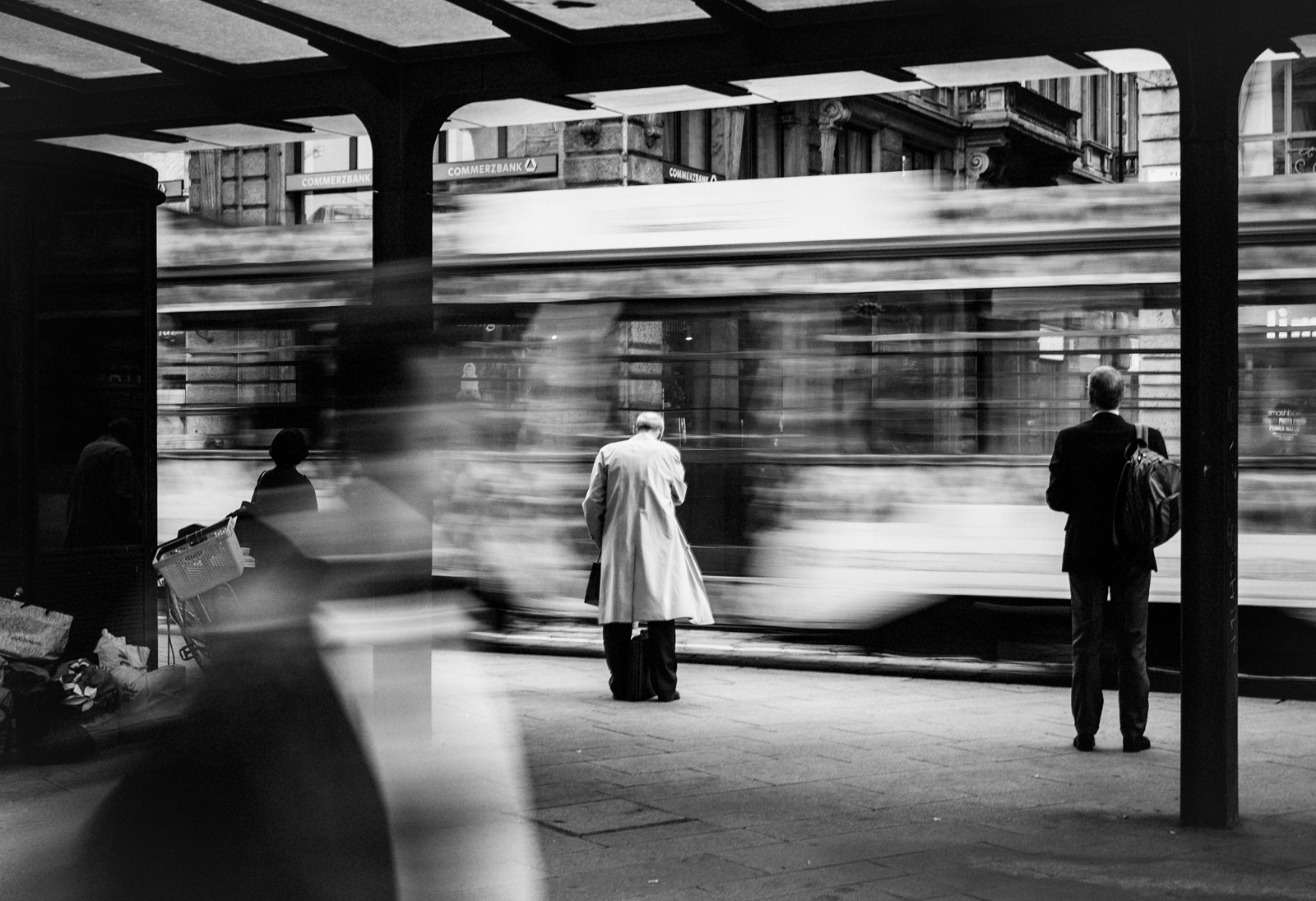Some Known Questions About Framing Streets.
Wiki Article
The 30-Second Trick For Framing Streets
Table of ContentsFascination About Framing StreetsSome Known Facts About Framing Streets.The Main Principles Of Framing Streets Unknown Facts About Framing StreetsFraming Streets Fundamentals ExplainedOur Framing Streets Ideas
, usually with the purpose of catching images at a crucial or poignant minute by cautious framework and timing. https://www.pubpub.org/user/david-turley.
Everything about Framing Streets
Susan Sontag, 1977 Road digital photography can concentrate on people and their behavior in public. In this respect, the street professional photographer resembles social docudrama photographers or photographers that also operate in public locations, but with the objective of capturing newsworthy events. Any of these digital photographers' photos may catch people and home noticeable within or from public locations, which usually entails browsing moral issues and regulations of privacy, protection, and home.Representations of daily public life form a style in practically every duration of globe art, beginning in the pre-historic, Sumerian, Egyptian and very early Buddhist art durations. Art managing the life of the road, whether within sights of cityscapes, or as the dominant motif, shows up in the West in the canon of the North Renaissance, Baroque, Rococo, of Romanticism, Realism, Impressionism and Post-Impressionism.
All About Framing Streets
Louis Daguerre: "Boulevard du Temple" (1838 or 1839) In 1838 or 1839 the first photo of figures in the road was recorded by Louis-Jacques-Mand Daguerre in one of a pair of daguerreotype sights taken from his workshop window of the Blvd du Holy place in Paris. The second, made at the elevation of the day, shows an uninhabited stretch of street, while the other was taken at concerning 8:00 am, and as Beaumont Newhall reports, "The Blvd, so continuously loaded with a moving bunch of pedestrians and carriages was perfectly solitary, other than an individual who was having his boots brushed., who was inspired to undertake a similar documents of New York City. As the city created, Atget assisted to promote Parisian streets as a worthy subject for photography.
Everything about Framing Streets
In between 1946 and 1957 Le Groupe des XV each year exhibited work of this kind. Andre Kertesz. Circus, Budapest, 19 May 1920 Street digital photography created the significant web content of 2 events at the Museum of Modern Art (Mo, MA) in New York curated by Edward Steichen, 5 French Photographers: Brassai; Cartier-Bresson, Doisneau, Ronis, Izis in 1951 to 1952, and Post-war European Digital Photography in 1953, which exported the concept of street digital photography worldwide.
The Only Guide for Framing Streets
, then a teacher of young kids, connected with Evans in 193839.'s 1958 publication,, was substantial; raw and often out of focus, Frank's images examined mainstream photography of the time, "challenged all the official policies laid down by Henri Cartier-Bresson and Pedestrian Evans" and "flew in the face of the wholesome pictorialism and genuine photojournalism of American magazines like LIFE and Time".Report this wiki page